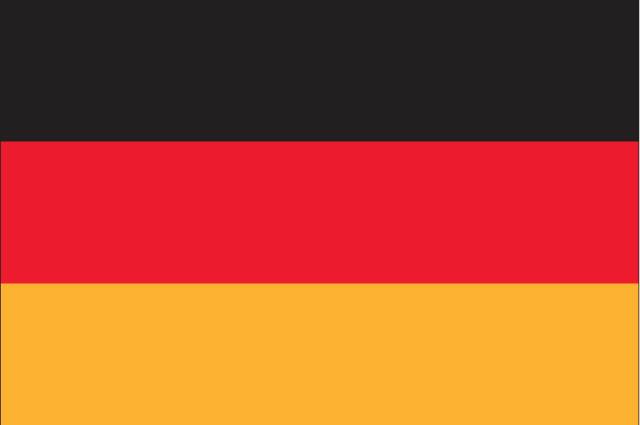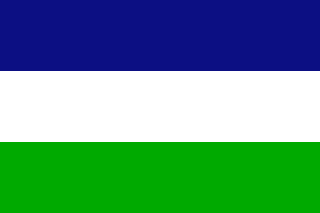I've never played anything like this before but stumbled across this thread by accident and it sounds like a lot of fun so I'll join!

I'll form the
Patagonian Republic of the Southern Seas out of the provinces of
Patagonia,
Chile and the
Southern Pacific Islands.
The Patagonian Republic of the Southern Seas is a seafaring nation born out of the ashes of the former Castilian colonies of Chile and Patagonia. Its history as a sovereign nation is fairly new, the Republic of Patagonia was formed in 1813 when revolutionaries took control of Patagonian territory after several local uprisings in the recent years had weakened Castille's grip on the region, which was already weak after the revolution in La Plata. A new capital city, Magallanes, was founded at the southern end of the continent, where the Pacific and the Atlantic oceans meet, after pushing back the last remains of the Castilian colonial forces into the Chilean Andes. Over the next few years (an unspecified amount of) people from Castilian controlled Chile migrated to Patagonia to find a new life in freedom, and with the help of new information and manpower the Republican forces were able to liberate Chile in 1818. Many of those who migrated from Chile chose to stay in Patagonia even after the liberation of Chile, mainly living in the capital Magallanes (thus giving the region a slightly higher population than it has in the real world.)
After the liberation of Chile the Republic of Patagonia gained control of a large portion of the Castilian Pacific Navy, and when several island kingdoms in the Pacific were threatened by European colonists the new Patagonian Navy helped defend their lands. In 1827 the five kingdoms of Fiji, Samoa, Tonga, Tahiti and Rapa Nui elected to join the Republic and were incorporated as the Patagonian Pacific Territory, forming the Patagonian Republic of the Southern Seas along with the states of Chile and Patagonia.
Capital: Magallanes, Patagonia
Color: Blue (preferrably the one used in our flag; RGB 12,15,131)
Government: Federal republic
President: Dolores María de la Paz (since 1828)
Currency: Patagonian peseta
Official language: Spanish (however, several languages native to the Patagonian Pacific Territory are recognised locally)
Most of the political power lies with the federal government in Magallanes but the degree of state independence differ between the states. The Patagonian Pacific Territory could be considered semi-independent from the Republic, mostly co-operating with the federal government when it comes to military defense and various economical agreements. The continental states of Chile and Patagonia are more closely linked to the federal government while still having their own local governments.
Every fifth year citizens* of all states elect representatives to the Patagonian Republican Congress which holds legislative power, where the seats are divided equally between representatives from all states (1/3 from Patagonia, 1/3 from Chile and 1/3 from the Patagonian Pacific Territory.) The Congress then elects a President who holds executive power. To this day only one election has been held in this new fashion, in 1828. A similar system is used to elect the local governments of Chile and Patagonia, while the Patagonian Pacific Territory makes use of a different system.
The Patagonian Pacific Territory is divided into five sub-territories corresponding to the five kingdoms that formed the territory: Fiji, Samoa, Tonga, Tahiti and Rapa Nui. Each sub-territory is lead by an elected monarch who is elected directly by all local citizens.
*All citizens regardless of gender, social class, ethnicity, or any other factor are allowed to vote and to be elected as representatives in general elections.
Before the adoption of a new constitution in 1828, the Republic's government was more that of a unitary republic where neither Patagonia or Chile had any form of significant local government.
The President currently in office, Dolores María de la Paz, is of Chilean origin and the first woman to hold the position. Overall she is the third President of the Patagonian Republic since the declaration of independence.
This is the Republic's flag:
Edit: I changed my claims, and with that some major points in the nation's history.




 ]
]





![Pissed [pissed] [pissed]](/images/smilies/pissed.gif)







